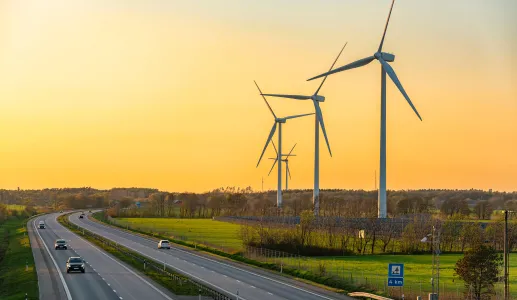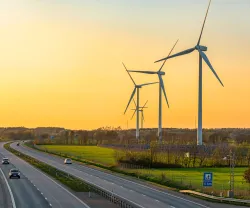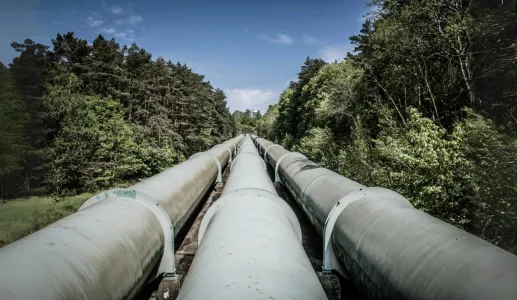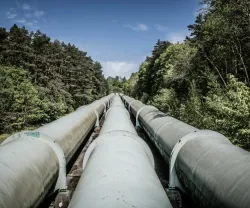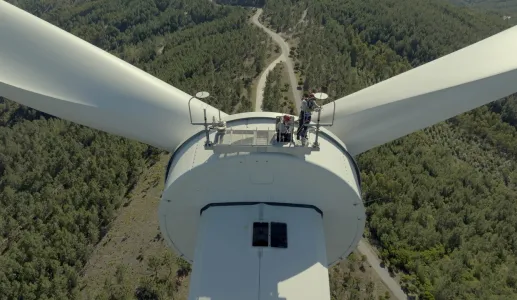
The risks and opportunities of the EU’s green trade agenda
Can the European Union's (EU) role as a «regulatory superpower», particularly in the realm of climate and trade, help assert the bloc as a leader in climate action or will it only alienate its key trading partners? The EU's ambitious European Green Deal (EGD) not only aims for a net-zero emissions target by 2050 but also positions Europe to set global standards in areas like energy efficiency and sustainable agriculture. This «Brussels effect», where EU regulations influence practices beyond its borders, seeks to create a green trade environment where environmental concerns shape international markets.
However, the implementation of measures such as the EU's Carbon Border Adjustment Mechanism raises vital concerns. Critics argue that these actions, intended to prevent carbon leakage and encourage compliant practices among trading partners, risk being perceived as «green protectionism». Notably, emerging economies, already grappling with their development, may interpret these regulations as an imposition on their industries.
That being said, the EU's current focus on integrating climate into trade policies also presents an opportunity for enhanced cooperation among nations, potentially catalyzing global decarbonization efforts. Yet, the challenges ahead remain daunting. The transatlantic relationship, especially with the United States under shifting leadership, poses a significant risk to the EU's diplomatic leverage in its climate agenda.
As Brussels navigates the delicate balance of ambition and competitiveness, the question persists: Can Europe impose influential green trade policies while fostering a cooperative global trade framework that addresses the realities of diverse economies? Ultimately, the EU must balance its climate ambitions with their trade relations.
To see the full paper please access the following website.


